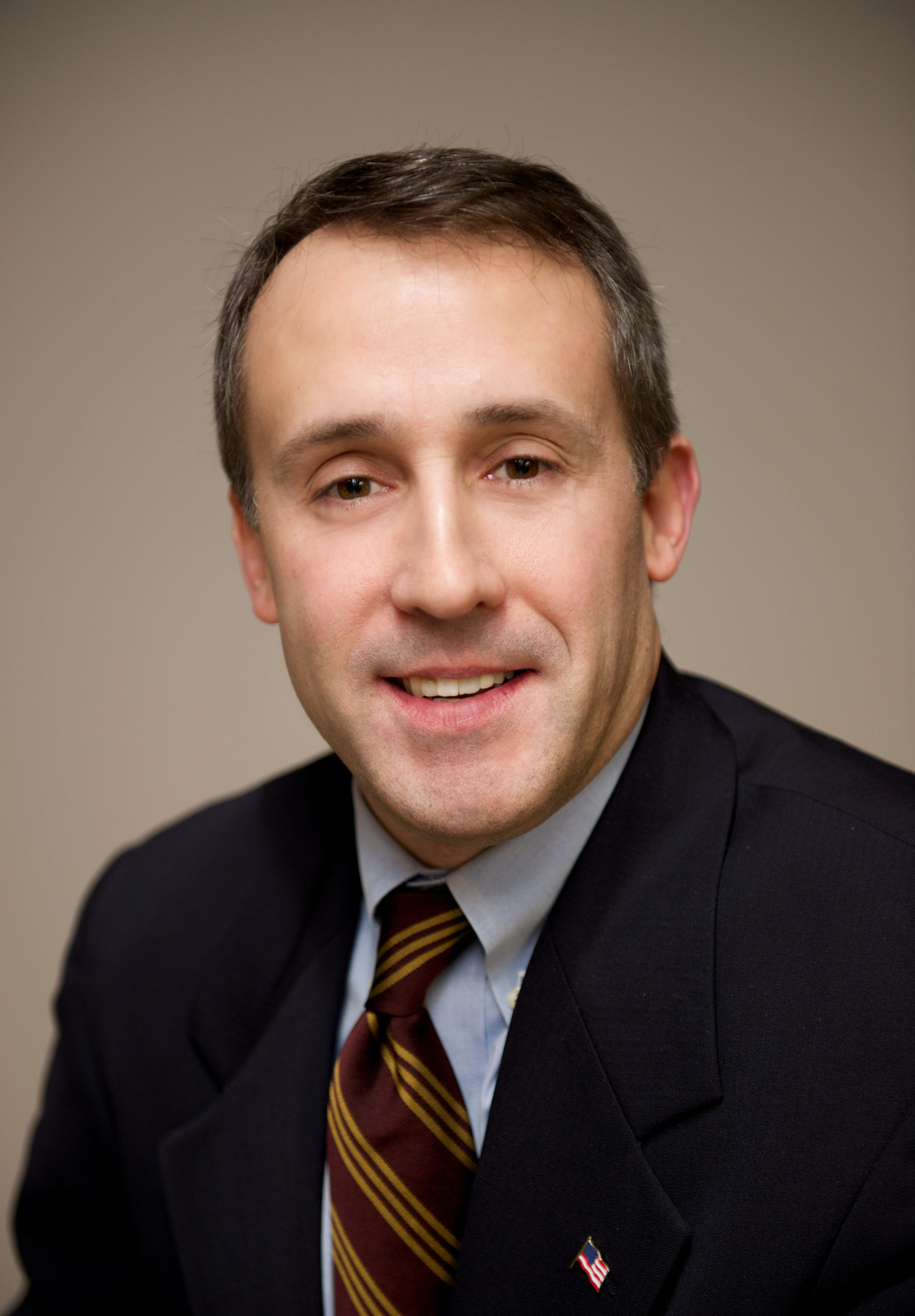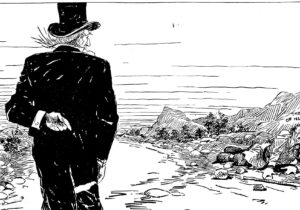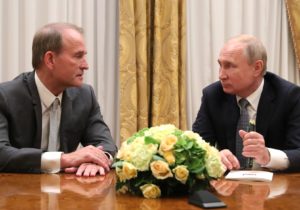In 1898, President William McKinley called on Congress “in the cause of humanity…to put an end to the barbarities, bloodshed, starvation and horrible miseries” being visited upon the Cuban people. “It is no answer to say this is all in another country, belonging to another nation, and is therefore none of our business,” he added, preemptively challenging those who would counter that US aid and intervention should be limited to the narrow defense of US interests.
Half a century later, as he urged Congress to supply hundreds of millions in aid to Greece and Turkey, President Harry Truman warned, “The seeds of totalitarian regimes are nurtured by misery and want. They spread and grow in the evil soil of poverty and strife. They reach their full growth when the hope of a people for a better life has died. We must keep that hope alive.”
How things change. Even though America is richer and more powerful than it was in the 1890s or 1940s, the past decade has witnessed the return of an inward-looking, world-weary America.
In the midst of reconstruction efforts in the Middle East that demanded a generational commitment, President Barack Obama announced in 2011 that “it is time to focus on nation-building here at home” and “rebuild our infrastructure.”
In response to the humanitarian-geopolitical disaster in Syria, President Donald Trump bluntly asked, “Why do we care?” So effective was Obama’s language at capturing the national mood that Trump borrowed it almost verbatim. “We have to build our own nation,” he said. “We’ve spent trillions and trillions of dollars overseas, while our infrastructure at home has so badly crumbled.” “From this this day forward,” he added during his inaugural address, “it’s going to be only America first.”
Although the decibel level and the word choice may be a bit different, Obama’s “nation building at home” mantra and Trump’s “America first” doctrine are two paths to the same destination: an America disconnected from, and disinterested in, the world around her. This approach to foreign policy and foreign aid is not good for the world—or America.
Relief & Rehab
The notion that, once upon a time, America focused solely on itself is more fiction than fact. As the late Robert Bremner detailed in American Philanthropy, concerted efforts to distribute foreign aid on the part of Americans date at least to 1820, when Americans provided aid to support Greek independence and care for Greek orphans. During the Irish famine in the 1840s, “to carry the contributions of Massachusetts alone required two sloops of war, four merchant ships and two steamers.” And Bremner’s book recounts this poignant episode from 1832: “When the starving people of the Cape Verde Islands rowed out to a ship hoping to buy food, they were astonished to learn that the vessel had been sent by the United States for the express purpose of relieving their necessities.”
During World War I, Americans formed the Commission for Relief in Belgium (CRB), led by future president Herbert Hoover. The CRB distributed $1 billion in food and clothing to refugees. After the war, Hoover ran the American Relief Administration, which distributed food to war-ravaged Europe. Responding to criticism of his decision to ship food to the Soviet Union, Hoover reflected the goodness of America: “Twenty million people are starving. Whatever their politics, they shall be fed.”
When earthquakes devastated Japan in 1923, President Calvin Coolidge—anything but an internationalist—coordinated a nationwide fundraising campaign with the Red Cross and deployed the US Pacific Fleet to deliver relief.
In 1939, long before America entered World War II, Congress began shunting tens of millions to the Red Cross to help war refugees. By 1943, America had helped create the UN Relief and Rehabilitation Administration (UNRRA), which distributed $4 billion in food, clothing, and medicine to refugees. America accounted for 65 percent of the UNRRA’s generosity.
After the war, Secretary of State George Marshall unveiled a $13 billion aid and relief program to help Europe rebuild. It came to be called the Marshall Plan. Along with the American fighting man’s efforts on the battlefield, it saved Western civilization.
Halfway around the world, General Douglas MacArthur supplemented Japanese rations with 800,000 tons of US military supplies. He then persuaded Washington to earmark $250 million for food, farming equipment, and medicine for Japan—“an amount exceeding the combined budgets of the US Departments of Commerce, Justice and Labor,” as a RAND report details.
Truman, like Marshall and MacArthur, recognized that foreign aid was not just a way to help those in need, but an essential tool of foreign policy. To prevent “misery…want…poverty and strife” from nurturing the seeds of totalitarianism and communism, Truman sent unprecedented amounts of aid to Turkey and Greece, offered Europe a pathway out of the rubble, and answered Stalin’s blockade of West Berlin with a 15-month airlift that delivered 2.3 million tons of aid—the first of some 450 humanitarian airlifts launched by America during the Cold War.
Taking up the mantle, President Dwight Eisenhower explained to the American people that “we could be the wealthiest and the most mighty nation, and still lose the battle of the world, if we do not help our world neighbors protect their freedom and advance their social and economic progress.”
For the balance of the Cold War, Americans poured $2 trillion in foreign aid into some of the poorest, hungriest, sickest, and remotest corners of the globe.
Great & Good
That’s trillion with a “t.” Trillions more have been added to the ledger since the fall of the Berlin Wall. Yet Jan Egeland, a former UN official and current head of the Norwegian Refugee Council, famously dismissed America as “stingy” when it comes to foreign aid. Related, it’s not uncommon to see articles belittling America for earmarking “just” $33.1 billion for official development assistance (ODA).
In truth, America’s investment in foreign aid is both more and less than those who use it as a way to score political points.
Polling consistently shows that the American people believe foreign aid to be an enormous line item in the federal budget. A 2015 study, for instance, found that “the average respondent estimated that 26 percent [of federal spending] went toward assisting other countries.” That would translate into upward of $1 trillion in foreign aid annually. Americans devote nowhere near that amount of federal resources to foreign aid, but they do give generously to those in need overseas.
As Hudson Institute’s Index of Global Philanthropy and Remittances points out, “government aid is no longer the primary measure of a country’s generosity. US private philanthropy, remittances from migrants living in the United States to their home countries and private capital flows each exceed US ODA.”
In other words, the $33.1 billion ODA figure doesn’t capture US charitable giving overseas ($43.9 billion), remittances ($108.7 billion), and private investment ($179.3 billion). When all those are added up, a far more accurate—and far larger—picture of US overseas aid and assistance emerges: $364.9 billion.
Yet even that figure is incomplete. We must also consider the uncounted billions the United States spends by deploying military assets—specialized personnel trained to rescue, repair, and rebuild; ships with desalination equipment and triage centers; transport helicopters and cargo planes capable of delivering supplies and evacuating victims—to respond to manmade and natural disasters in Cuba and Kosovo and Kurdistan, Sinjar and Somalia and Sumatra, Bosnia and Bangladesh, Tohoku and Tacloban, West Berlin and East Timor. The list—like the needs of the world’s suffering—is endless.
A prime example is America’s response to the 2014 Ebola outbreak. As the epidemic spread, US Africa Command stood up a base of operations in Liberia to coordinate the efforts of various non-governmental organizations and government agencies. Some 3,000 US troops took part in the mission: Army and Navy units erected treatment facilities; Air Force planes transported thousands of people and thousands of tons of cargo; Marines provided enabling assistance in Senegal. No other nation could have carried out such a feat, and no nation was billed for what America’s military did.
This is what a great and good nation does. Americans aren’t so naïve as to expect gratitude for such generosity, but nor should they expect slurs and cynicism from the bureaucrats who roam the halls of the UN. Those slurs help explain the sentiment the American people and many of their elected representatives have about foreign aid—a subject we will explore in the next installment of this series.
—
Alan W. Dowd is a contributing editor to Providence and a senior fellow with the Sagamore Institute Center for America’s Purpose.
Photo Credit: Staff at Island Clinic wash clothes of health workers after they have gone into the Ebola Treatment Unit in Monrovia, Liberia, on September 22, 2014. By Morgana Wingard, via USAID.






